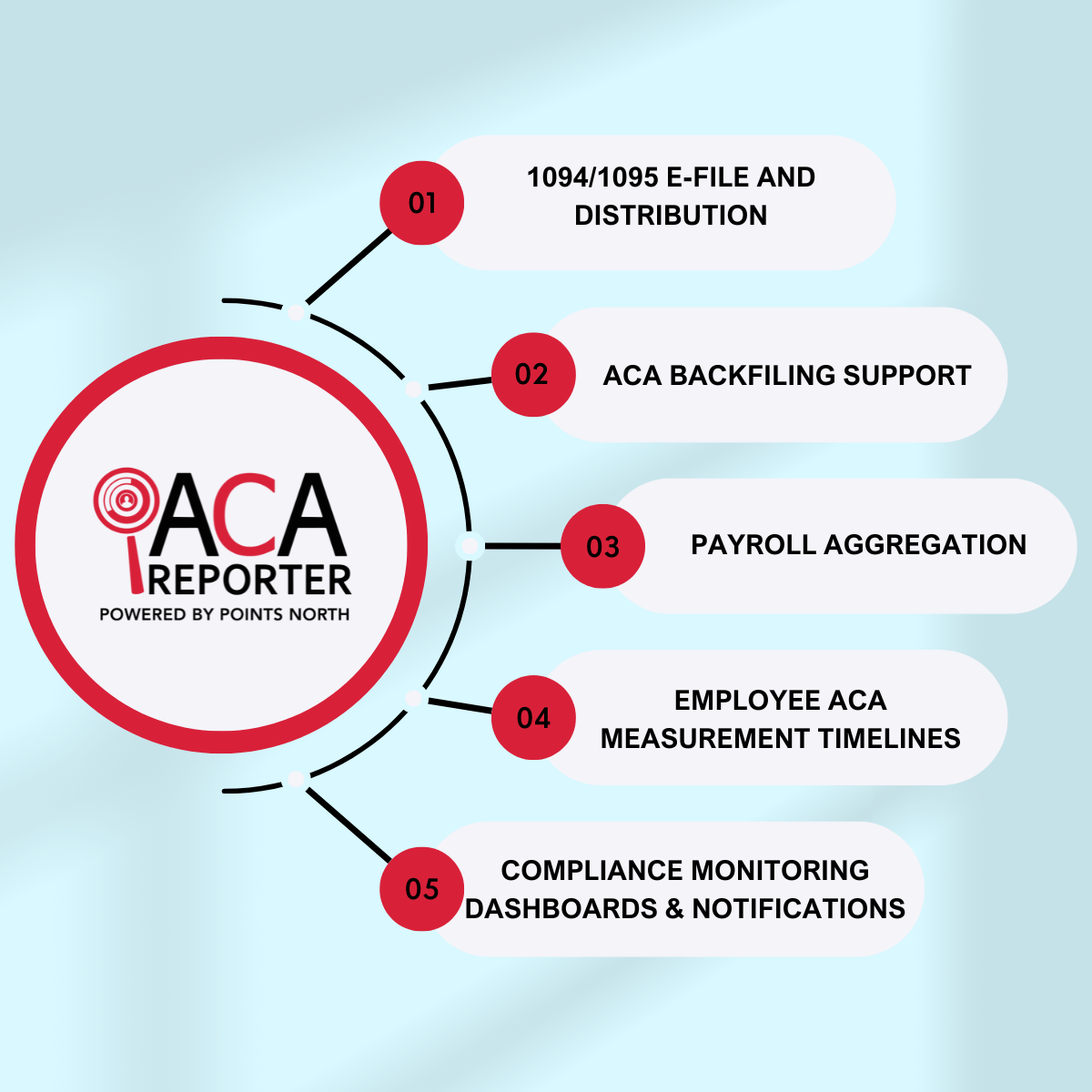
Payroll Records: What to keep and how long to keep them
Pay records hold the company’s payroll system information, such as all the data about paychecks, taxes, and employees. Payroll records should be kept for three years according to federal law, but payroll tax records should be retained for four years. However, many agencies, e.g., ERISA agency, demand you to maintain some particular record for six years!
Best Practices for keeping payroll records- What to keep for how long time?
In the below table, we have defined which data should be kept for how long time. We hope this practice will resolve many problems!
| Types of payroll Records | Years |
|---|---|
| Employee Handbook | 3 Years |
| Timecards | 3 Years |
| Pay Stubs | 4 Years |
| Merit Increase and Pay Grade | 2 Years |
| Hiring Documents | 3 Years |
| I-9 Documents | 3 Years |
| Retirement Income and 401(K) plan details | 6 Years |
| Tax Documents | 4 Years |
| Any Document Relating to a payment or employment dispute | 4 Years |
Who Determines What Payroll Information should be retained
Federal agencies such as IRS and DOL decides which records would be kept and how long these records would be kept. Agencies like the Equal Employment Opportunity Commission (EEOC) retain only those documents they need to complete their mission. Here are complete details of agencies.
Internal Revenue Service (IRS)
It demands from you to retain all the tax documents of an employer or employee for four years. These tax documents include payment details of a payroll tax, W-4s, and W-2s documents.
Equal Employment Opportunity Commission (EEOC)
The EEOC demands to retain payroll information, such as thinking about changing pay rates to prevent unfairness. They ask to keep data from one to three years.
Fair Labor Standards Act (FLSA)
Fair Labor Standards Act asks to retain payroll information for three years without specifying any special document to keep. It requires us to keep some particular information such as the pay rate of an employee, social security number, name of an employee, and address. You can get all information on time cards, hiring documents, pay-slips. These documents include some other information such as:
- Gender
- Pay rate and working hours of an employee
- Full residence address with ZIP code
- Job role (Job Title or Function)
- Pay type ( Salary or hourly based)
- Earnings by type (Regular, Overtime, any additional bonus)
- Total earnings
- Date of payment
- Work period (Pay Period)
Federal Acts that are governed by Multiple Agencies (DOL, IRS)
Multiples agencies control some federal acts, including rules for document retention. ERISA requires to retain documents for six years. These documents talk about retirement plans such as a 401(k) plan and premium payments plan. Payments records should be retained until there is a possibility of auditing a retirement plan. These records contain:
- Payroll deductions that are taken
- Enrollment Docs
- Payment Docs
Payroll Information, such as requests for leave, leave payments, and leave policy docs, should be kept for three years according to FMLA rules. All information is accessible from employee's pay-slips and the handbook.
Conclusion:
While retaining documents, you need to go along with the rules of state and other federal agencies. You keep payroll records for some reasonable time limit to protect user privacy. If you are worried about the period for retaining the documents, then scroll to the top! We have provided each type of record with its retention period.






.png)